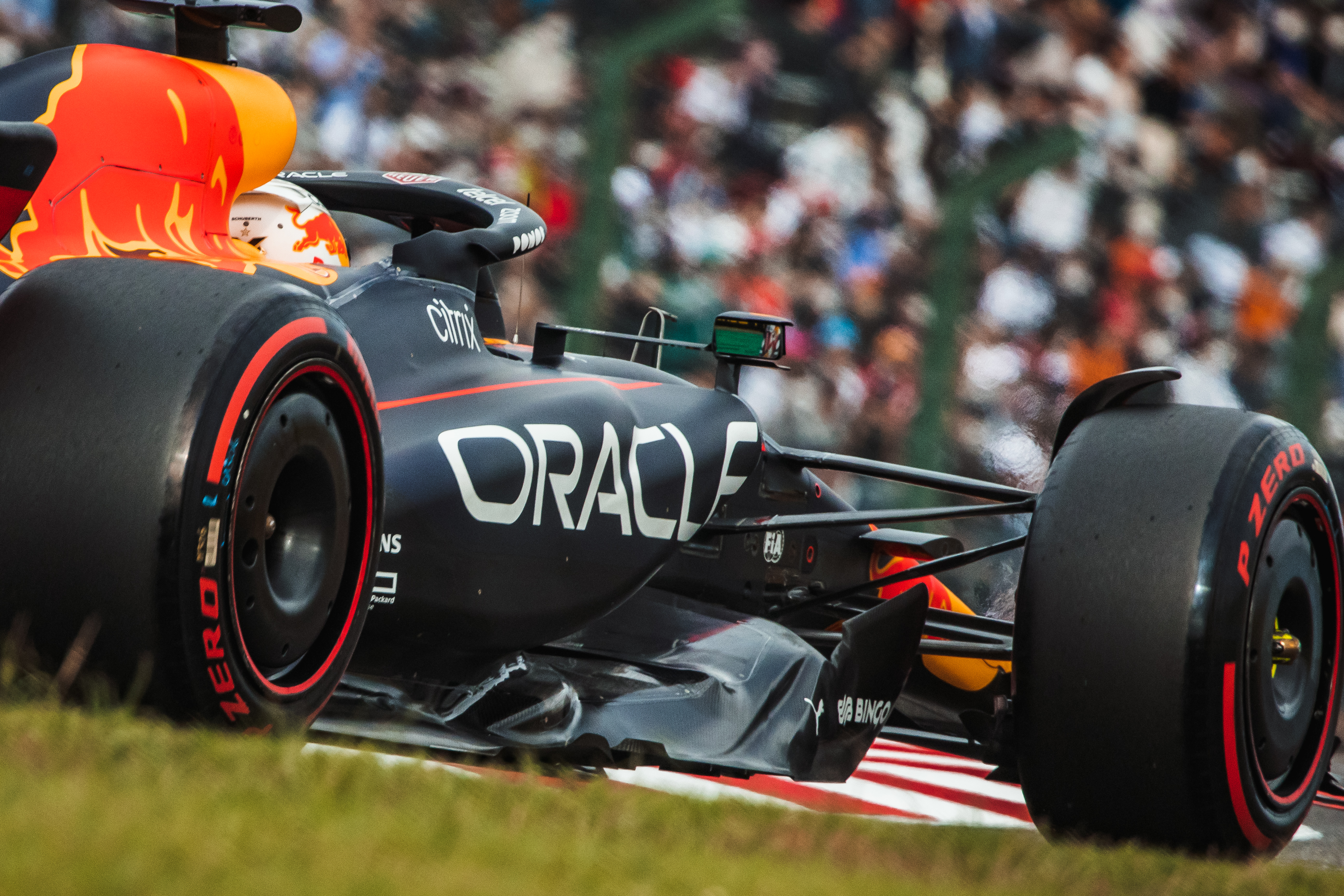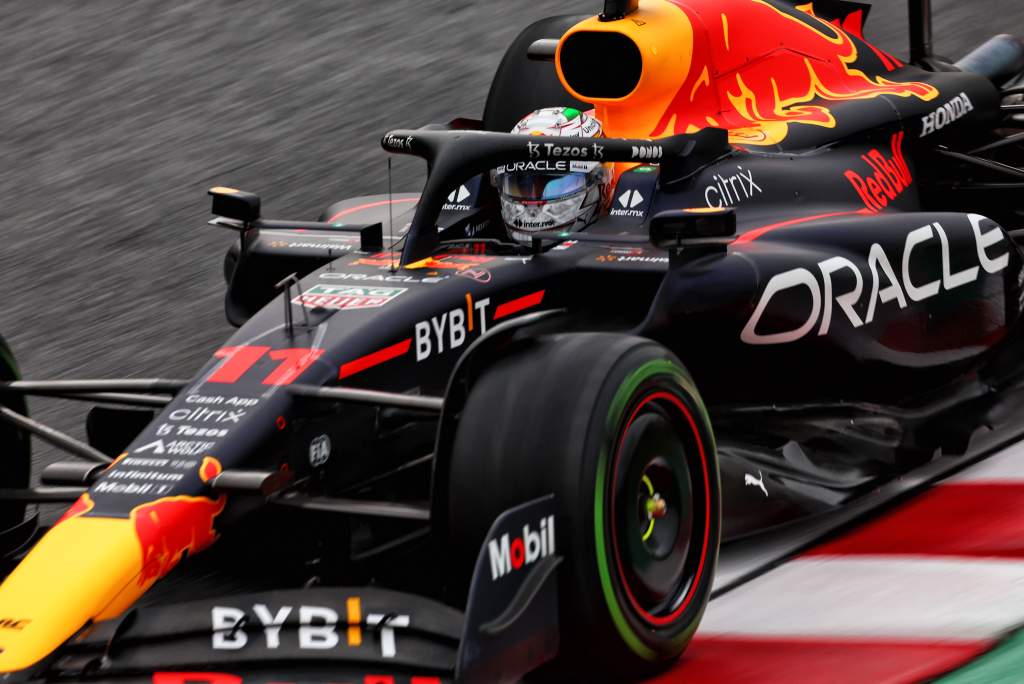Up Next

So we now know for sure that Red Bull did overspend in 2021 and has been found to have committed a “minor breach” of Formula 1’s cost cap.
With the FIA confirming the other nine teams were all under the cost cap, what kind of advantage might that have given Red Bull?
The cost cap was introduced in 2021 and set at a baseline of $145million (dropping to $140m this year and $135 in 2023) with the primary objective of levelling the playing field. But that size of budget for a small F1 team is still a dream, so it was always a ball-and-chain around the big teams’ ankles rather than a direct benefit for the minnows.
The financial regulations that set out the budget cap are 56 pages long and contain plenty of grey areas for teams to exploit. There are plenty of exemptions including driver costs, the three highest-paid executives, heritage activities, various taxes, non-F1 activities, electricity and gas bills, bonuses, staff benefits, legal activities etc etc. If you were so minded, there are plenty of places to hide a few thousand, and probably a few million, dollars.
This is why I have always argued it would be simpler to make it cover everything as it would mean it’s all cut and dried. A team’s normal accounting declaration would cover it without question. But this is F1 and perhaps that’s too simple.
Mercedes has suggested that it spent roughly $3.5m on parts, with Ferrari indicating it was more like $4m. Actually, I’m a little surprised as I would have expected a bit more than that but I’m sure they are telling the truth.
Mercedes also said it had to make 40 staff redundant. For a team that had in excess of 800 staff I am surprised that number is so small. I would have expected at least double that.
Redundancies, especially for the big teams, were always going to be the negative impact of any budget cap. For years, they have been hiring and growing consistently and now that is just not sustainable. But for a team the size of Mercedes, I am sure there were 40 people in there somewhere that were heading for retirement or simply wanted to go off and do something different so there were likely some takers for voluntary redundancy.
I’m also pretty sure that none of those 40 people were ones that were responsible for the actual performance of the car. They would likely have been more production personnel. Don’t get me wrong, everyone is important, it’s just that some are critical.
The big question is what can you do with an extra million dollars, or if the breach was towards the upper end of what’s officially considered ‘minor’, several million dollars?
If you take a completely new front wing with all its components, to get the first one on a car will cost in the region of $0.5m. After that, replicas of that wing assembly will be knocking on the door of $100,000. So to get to a race meeting with four new front wing assemblies, you won’t have much left out of that first million.

The same is true of a new underfloor and the required parts. I’m not only talking about the hardware for the car here, I’m talking about the windtunnel model parts, the manpower and resource time allocated to the research for these components. Remember, you don’t slip off to Halfords and simply buy something like that, you need to create it from scratch.
Depending on how many million your overspend is, you can simply turn that into more development stages and therefore increased performance. Each stage of this size of development should give you a return of at least two to three tenths of a second, otherwise it just wouldn’t be worth the time, effort and money involved.
There are a range of penalties available for financial regulation infringements and we still don’t know exactly how the FIA is going to come down on offenders.
For a minor breach (anything less than 5%), this can be a deduction of drivers’ and/or constructors’ championship points, suspension from one or more stages of a competition (but not races), limitations on the ability to conduct aerodynamic or other testing, reduction of the cost cap. For a material breach, so 5% or more, those penalties are still available plus suspension from an entire competition and exclusion from the championship.
These penalties can be varied and that is what leads to teams and fans questioning how the FIA hands out penalties. So, as usual, I have a suggestion.
In the regulations it states that if there is one more or one less race than scheduled then $1.2m will be added or taken away from the budget cap, which gives you some idea of how much it costs a team to just go to a race meeting alone.
So use that $1.2m per race cost when penalising an overspend. For every $1.2m a team has overspent by, that’s one race it can’t score in.
As these spending irregularities are only declared by the FIA almost a year after the season that they were committed in, all you have to do is simply look at the level of overspend and remove late-season points from the drivers’ and constructors’ championships for the following year.
That way the races where you might lose points probably still have to happen. You can also reduce that team’s overall spend for that season by the amount of overspend in the previous year.
There is a rule about missing races, so they can’t simply sit at home with their feet up and watch the TV coverage.
As an example, an overspend of say $6m in 2021 means you remove the points from the team and drivers for the last five races ($1.2m per race) of 2022, with the cost cap for that team in 2022 also reduced by $6million so a cost cap for that team of $134m this year. Any overspend in 2022 then gets taken away from the cost cap for 2023.
That way, it doesn’t affect the past but it will change the current season and dramatically impact the next, so it becomes more of a forward problem – which gives them an opportunity to do something about it rather than a past problem for the team committing the offence.







